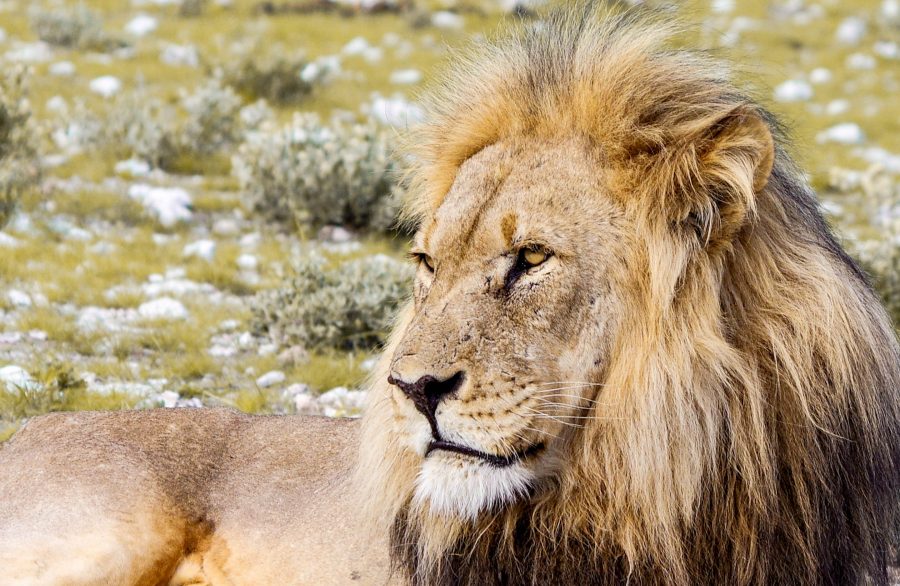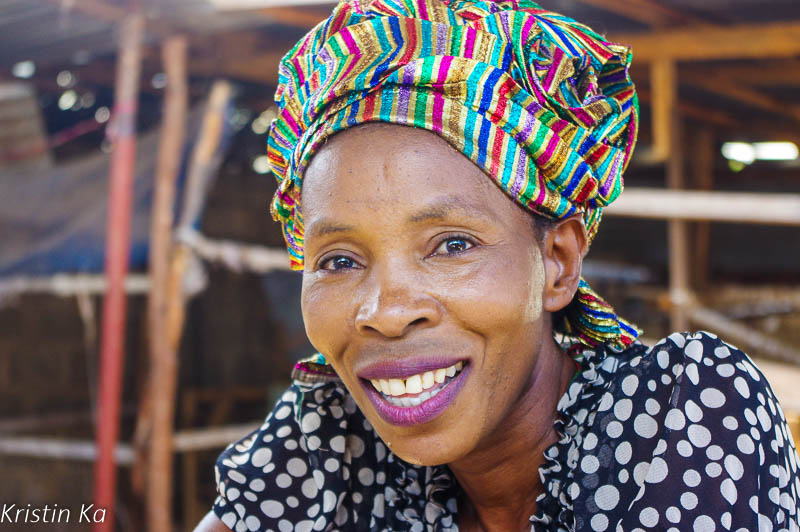A trip to Namibia is described with colours! Orange, red, pink, ochre, gold…
In Namibia, lovers of velvety orange deserts, wildlife and magnificent landscapes get their money’s worth. The others will be immersed in an incredible cultural diversity. From wooden or mud huts to typical Germanic architecture – Namibia is diverse and unique. From sauerkraut to zebra steak, there really is something for everyone.
Hallo Nmibia ! My name is Christine, I am French, happy to meet you! Hello Namibia!
Windhoeck, the capital does not offer a great cultural interest, but has many surprises in store for you
This noisy, architecturally diverse and prosperous city is not very attractive and does not offer the visitor what he came for: a change of scenery. But it would be a pity not to be a little stubborn when exploring the capital, it reflects the cultural mix of the country.
Windhoek is Namibia’s huge shopping malls: cinema, fast food, pretzels and beer. Jawhol!
Moreover, I do not feel here in Africa but in a country that was changed by the influence of the German colony. The streets have German names, the houses seem to come straight from a Bavarian county, even the gastronomy has started: Apfel strudel, milk coffee and sauerkraut with zebra meat are on the menu.
When I was asked to come to the “green market” in Windhoek, I immediately imagined a local market, with stands full of pumpkins, twisted squash, combos… But it is a 100% German organic market! You can find brown bread, Sacher cake, honey and homemade cheese. Nothing typically african.
When I was invited to visit a farm 15 km from the capital, I expected to see an African farm. No, it was an authentic tearoom in a beautiful garden. You can enjoy your portion of cheesecake with a German-style coffee. Of course you can also buy agricultural products there. Everything is delicious and the people are charming… and speak German.
In Namibia the wild free nature, sharp teeth, crooked horns and grumpy warthogs are not easy deserved!
Wildlife enthusiasts must travel to Etosha to be served with roaring, barking… and mosquito bites.
This park is a place of great beauty. By that, I mean it lives up to the adjective “really”.
It’s not the only one, of course, with lazy giraffes and groups of lusty lions. But while the fauna resembles that of Kruger Park, the landscapes are so diverse that this exploration is different from all the others. Deserts, salt lakes, forests, hills, rocks and vast plains are all colorful as you travel travel trough. You could only come here because of the landscape. The frozen silence of the “pan” (salt lake), the heat waves gracefully blur the perspective, just enough to see a herd of zebras moving in the distance. A magnificent spectacle.
Colony, identity and tradition: Namibia is rich in culture and history
History can also be discovered in Namibia. The journey is really impressive, like getting lost in the ghost town of Kolmanskop, a former diamond mine that was flooded by sand. Its noble, incongruent, wind-dried architecture is an extraordinary walk.
The most amazing thing is sometimes the exchange with Namibians who come from Europe, mostly from Germany. White-skinned, Birkenstock on their feet, clear eyes, they are Namibians, that’s all. The same goes for the Africans from South Africa.
Namibia is not really a big country. The population is about 2.5 million. The ethnic diversity is remarkable here. There are officially twelve groups. Each has its own culture and language. Travelling in Namibia sometimes feels like visiting 100 countries in one.
It is important to understand the social codes here, otherwise the experience can be difficult
Under its Germanic, modern features, Namibia is ruled by tradition. Even dialogue has its codes. For example, it is very rude, even insulting, to ask personal questions abroad. Especially children should not usurp the status of adults, it is an important figure of the village or tribe that welcomes you, especially not a young person. The traveller runs the risk of feeling ignored and hungry for cultural exchange. But, as I said, each ethnic group has its own traditions and you will have to adapt to each one.
The diversity of this country makes it unwise to judge Namibia too quickly
In some places the foreigner will be welcome when he or she unloads the scholarship, in others the exchange will be more spontaneous and uninterested (I mean without money). Many humanitarian organizations are committed to the education and protection of children, especially with regard to maltreatment and sexual abuse. Unfortunately, it is difficult to live up to traditions and it is not unusual for volunteers to be chased away with stones. Overall, it is difficult to penetrate the culture of the country, but not impossible.
Namibia is an expensive country to explore
Namibia has much to offer visitors. Unfortunately tourism here is not for everyone. To explore the country you need a car, which can be rented in Windhoeck at gold prices. Gasoline is not cheap here either, and the big 4×4s are very hungry. Almost everything has to be paid for. The dunes of Sussusvlei, the parks and the entrance of some villages.
To have only the best of this beautiful country, you have to leave with a big budget to avoid coming back frustrated.
Moving from one city to another is of course possible, there is even a railway line. But to get to the heart of the wilderness, to track down the incredible dune geckos and reach the really interesting places, you need a car. Not to forget of course a guidebook, for which you will pay a high price. I have warned you!
Totsiens, Dankie ! Thank you, goodbye, see you soon!
Next travel: why not Zambia?
The country has enormous potential for the traveler. He could easily outdo his neighbors. But now Zambia is a complicated country and it’s not that easy to explore deeply… and expensive.

